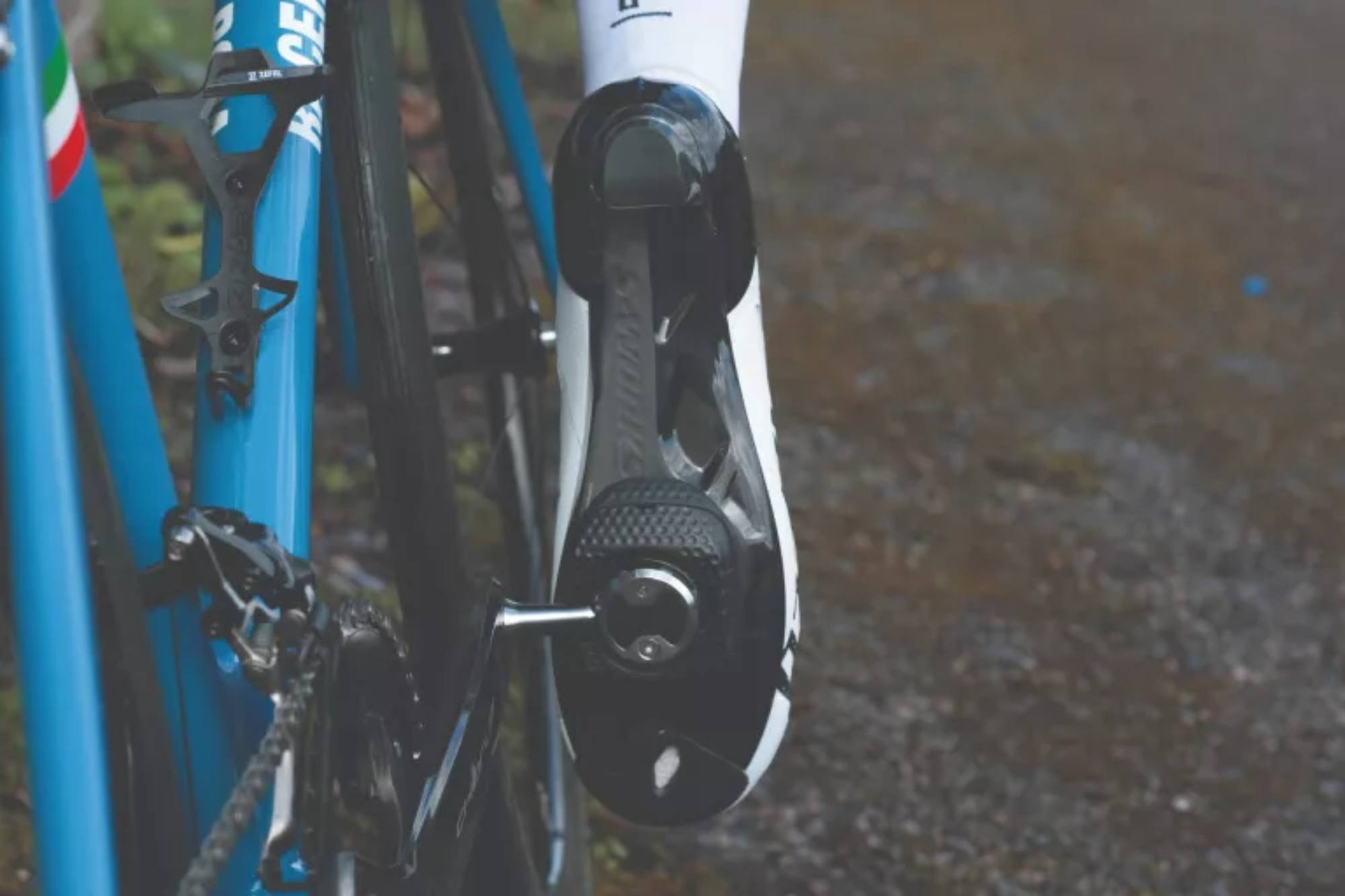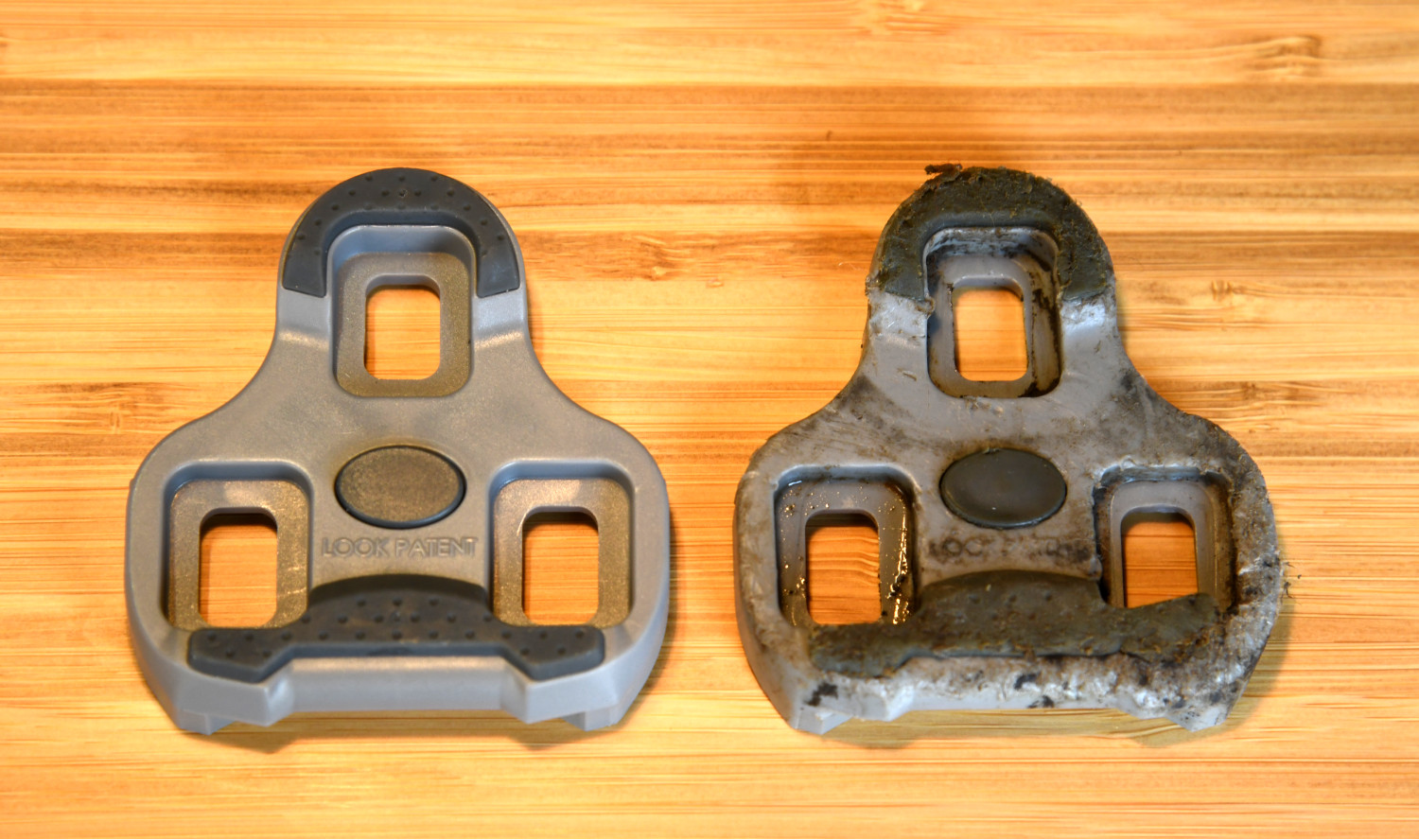Unlocking Efficient Pedaling: The Role of Cleats in Cycling
Cycling cleats are a crucial component of a cyclist’s setup, playing a vital role in enhancing pedaling efficiency, comfort, and overall performance. By securely attaching the shoe to the pedal, cleats enable cyclists to transfer power more effectively, reducing energy loss and improving speed. This is particularly important for serious cyclists, as even small gains in efficiency can make a significant difference in their overall performance. With the right cleats, cyclists can experience improved pedaling technique, increased power output, and reduced fatigue. Cleats work by providing a secure connection between the shoe and pedal, allowing cyclists to pull up and push down on the pedal stroke, generating more power and speed. This connection also helps to reduce foot movement and slippage, providing a more comfortable and efficient ride. Whether you’re a seasoned pro or just starting out, understanding the importance of cycling cleats is essential for optimizing your performance and getting the most out of your ride.
How to Choose the Perfect Cleat for Your Riding Style
With various types of cycling cleats available, selecting the right one can be overwhelming. However, understanding the different types of cleats and their characteristics can help cyclists make an informed decision. Road cleats, designed for speed and efficiency, are ideal for road racing and time trials. Mountain cleats, on the other hand, provide a more secure connection and are better suited for off-road adventures. Hybrid cleats, a combination of road and mountain cleats, offer a versatile option for cyclists who ride on both roads and trails. When choosing a cleat, it’s essential to consider factors such as riding style, terrain, and personal preference. For instance, cyclists who prioritize comfort may prefer cleats with a more relaxed float, while those who focus on performance may opt for cleats with a more secure connection. By understanding the different types of cycling cleats and their characteristics, cyclists can find the perfect cleat to enhance their riding experience.
Look, Shimano, and SPD-SL: A Closer Look at Popular Cleat Systems
When it comes to choosing the right cleat system, cyclists are often faced with a multitude of options. Three of the most popular cleat systems are Look, Shimano, and SPD-SL, each with its unique features, benefits, and compatibility with different pedal systems. Look cleats, known for their sleek design and easy engagement, are a popular choice among road cyclists. Shimano cleats, on the other hand, offer a more secure connection and are often preferred by mountain bikers. SPD-SL cleats, a hybrid of Look and Shimano, provide a versatile option for cyclists who ride on both roads and trails. Understanding the differences between these popular cleat systems can help cyclists make an informed decision when selecting the right cleat for their needs. For instance, cyclists who prioritize ease of use may prefer Look cleats, while those who require a more secure connection may opt for Shimano cleats. By comparing and contrasting the features, benefits, and compatibility of these popular cleat systems, cyclists can find the perfect cleat to enhance their riding experience.
The Benefits of Clipless Pedals: Why You Should Make the Switch
Clipless pedals have revolutionized the cycling world, offering a range of benefits that can enhance the overall cycling experience. One of the most significant advantages of clipless pedals is improved power transfer. By securely attaching the foot to the pedal, cyclists can generate more power and efficiency with each pedal stroke. Additionally, clipless pedals increase safety by reducing the risk of foot slippage, which can lead to accidents and injuries. Another benefit of clipless pedals is their ability to promote proper pedaling technique, which can help prevent common cycling injuries such as knee strain and ankle pain. Despite these advantages, some cyclists may be hesitant to switch to clipless pedals due to concerns about difficulty clipping in and out or feeling “locked in” to the pedal. However, with practice and patience, cyclists can quickly adapt to the clipless pedal system and enjoy the numerous benefits it provides. By understanding the benefits of clipless pedals, cyclists can make an informed decision about whether to make the switch and take their riding to the next level.
Understanding Cleat Float and Its Impact on Your Ride
Cleat float is a critical aspect of cycling cleats that can significantly impact pedaling efficiency, comfort, and overall performance. Cleat float refers to the degree of lateral movement allowed by the cleat system, enabling the foot to rotate slightly during the pedal stroke. This rotation helps to reduce pressure on the knees and ankles, promoting a more natural pedaling motion. A cleat system with adequate float can also improve pedaling efficiency by allowing the foot to maintain contact with the pedal throughout the stroke. However, excessive float can lead to a loss of power and control, making it essential to find the optimal float setting for individual riding styles. Cyclists can adjust cleat float by rotating the cleat on the shoe or by using cleats with adjustable float. By understanding the importance of cleat float and how to adjust it, cyclists can optimize their pedaling technique and enjoy a more comfortable and efficient ride.
Cleat Maintenance 101: Tips for Long-Lasting Performance
Proper maintenance is essential to ensure optimal performance and extend the lifespan of cycling cleats. Regular cleaning is crucial to prevent dirt and debris from accumulating and affecting the cleat’s functionality. Use a soft-bristled brush to remove dirt and grime, and then wipe the cleat with a damp cloth. Lubricating the cleat’s pivot points and springs can also help to reduce friction and wear. Additionally, inspect the cleat for signs of wear, such as excessive play or damage to the retention system. If worn-out, replace the cleat to maintain optimal performance and prevent safety issues. Furthermore, consider storing cleats in a dry, cool place when not in use to prevent corrosion and damage. By following these simple maintenance tips, cyclists can ensure their cleats continue to perform at their best, ride after ride. Regular maintenance can also help to prevent common issues such as cleat wear, pedal play, and difficulty clipping in or out, which can be frustrating and affect overall performance.
Common Cleat-Related Issues and How to Troubleshoot Them
Cycling cleats can be prone to various issues that can affect performance and comfort. One common problem is cleat wear, which can lead to a loose connection between the cleat and pedal. To troubleshoot this issue, inspect the cleat for signs of wear and replace it if necessary. Another issue is pedal play, which can cause the foot to move excessively during pedaling. Adjusting the cleat’s tension or replacing the pedal can resolve this problem. Difficulty clipping in or out of the pedal is another common issue, often caused by misaligned cleats or worn-out pedal components. To overcome this, ensure the cleat is properly aligned and consider lubricating the pedal’s retention system. Additionally, cyclists may experience knee pain or discomfort due to improper cleat float or alignment. Adjusting the cleat float or consulting a professional fitter can help resolve this issue. By being aware of these common cleat-related issues and knowing how to troubleshoot them, cyclists can minimize downtime and optimize their performance.
Upgrading Your Cleats: When and Why You Should Consider a Change
As cyclists, it’s essential to recognize when it’s time to upgrade their cycling cleats. Worn-out cleats can lead to decreased performance, discomfort, and even safety issues. If you’ve noticed your cleats are showing signs of wear, such as excessive play or damage to the retention system, it’s time to consider an upgrade. Additionally, changes in riding style or terrain may require a different type of cleat. For instance, if you’ve transitioned from road cycling to mountain biking, you may need to switch to a more aggressive cleat design. Furthermore, if you’ve recently purchased new pedals, you may need to upgrade your cleats to ensure compatibility. When choosing an upgrade, consider factors such as your riding style, terrain, and personal preference. Research different types of cycling cleats, including road, mountain, and hybrid cleats, to find the best fit for your needs. By upgrading your cleats, you can optimize your performance, comfort, and overall cycling experience.




.jpg)


